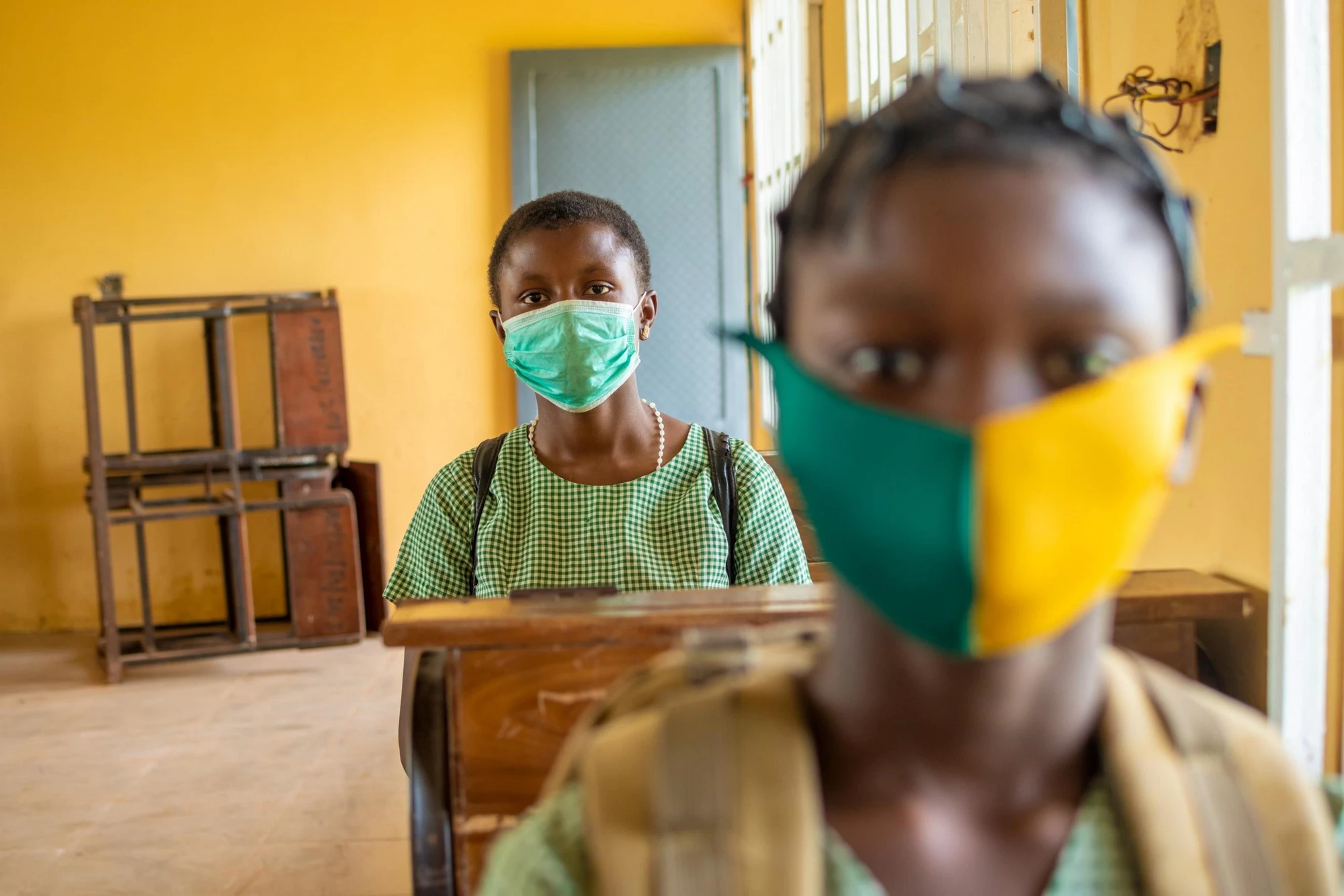The global disruption to education caused by the COVID-19 pandemic constitutes the worst education crisis on record. Most countries in the world closed schools, vocational training, and higher education institutions as part of their strategies to combat the pandemic, and nearly all of the world’s students have been affected. The costs have been immense. The magnitude of the shock is still not fully understood, but emerging evidence is deeply concerning. In a new report, The State of the Global Education Crisis: A Path to Recovery, we take stock of the state of education around the world after these prolonged school closures and discuss options to avoid this crisis inflicting a permanent scar on this generation’s human capital.
This report presents updated global simulations of learning losses and a review of the evidence available so far from actual measures of learning losses due to COVID-19 in different contexts. These data show that learning losses have been large and inequitable, disproportionately affecting poorer and younger students. Children in many countries have missed out on most or all of the academic learning they would ordinarily have acquired in school, with younger and more marginalized children often missing out the most. Primary and secondary students in São Paulo (Brazil) learned only 28 percent of what they would have in face-to-face classes and the risk of dropout increased more than threefold. In rural Karnataka (India), the share of grade three children in government schools able to perform simple subtraction fell from 24 percent in 2018 to only 16 percent in 2020. After a year of school closures, the losses are equivalent to one year of learning.
The pandemic has exacerbated the global learning crisis even more than previously feared. Because of learning and skills lost during the school closures, this generation of students now risks losing $17 trillion in lifetime earnings in present value, or the equivalent of 14 percent of today’s global GDP, which is far more than the $10 trillion estimated in 2020. In low- and middle-income countries, the share of children living in Learning Poverty – already over 50 percent before the pandemic – will rise sharply, potentially up to 70 percent, as a result of the school closures and the inconsistent quality and effectiveness of remote learning. Bold action is needed now.
As education systems pivoted to remote learning, many moved quickly to deploy multi-modal strategies like online, TV, and radio education, as well as print materials and instant messaging. However, access and quality of remote learning varied greatly, and so did access, with marginalized students often least likely to access decent remote learning opportunities. This crisis has in many ways widened pre-COVID gaps in education, which is why focusing on learning recovery and equity is crucial as children return to school.
With Mission: Recovering Education 2021, UNESCO, UNICEF, and the World Bank joined forces to provide guidance and support to countries navigating the crisis. The collaboration of the three organizations is ongoing as education systems continue to weather the storm. Reopening schools, assessing students’ levels of learning and wellbeing, and teaching students at their current levels of learning will be crucial. Introducing a learning recovery program, which prioritizes the fundamental skills and socio-emotional support, extends learning time, and makes the teaching-learning process more effective, is essential to bring students back up to speed, at least to previous learning trajectories.
The success of learning recovery will largely depend on the teachers who are on the front lines of delivering learning recovery programs and supporting students’ wellbeing; those teachers need our support.
Implementing learning recovery programs will require significant political and financial commitment to strengthen education systems’ capacity. To date, less than three percent of governments’ stimulus packages have been allocated to education; in low- and lower-middle-income countries, the share is less than one percent. Much more funding will be needed for immediate learning recovery, let alone for the transformed education that the world’s children and youth deserve and need.
The State of the Global Education Crisis: A Path to Recovery provides a stark reality check for education systems worldwide, and presents a menu of policy actions for recovering learning and using this crisis as an opportunity to reinvent education—to make it more resilient, more equitable, and more efficient in delivering learning for all. This opportunity must be seized. Now is the time to act, to prevent this generation of students from suffering permanent losses in their learning, earnings, and future productivity, and to protect their ability to participate fully in society.





Join the Conversation